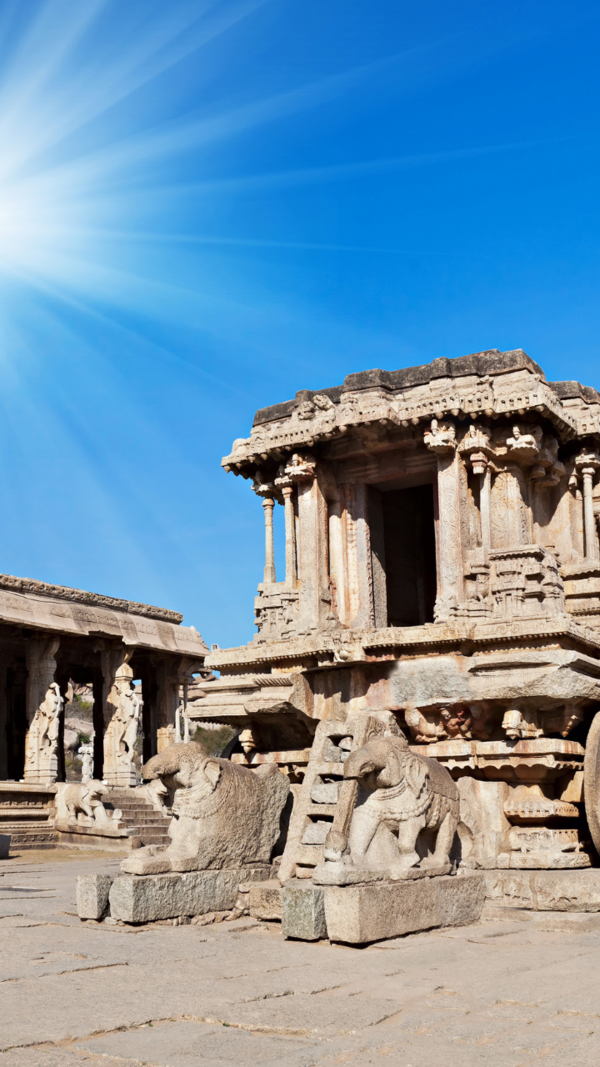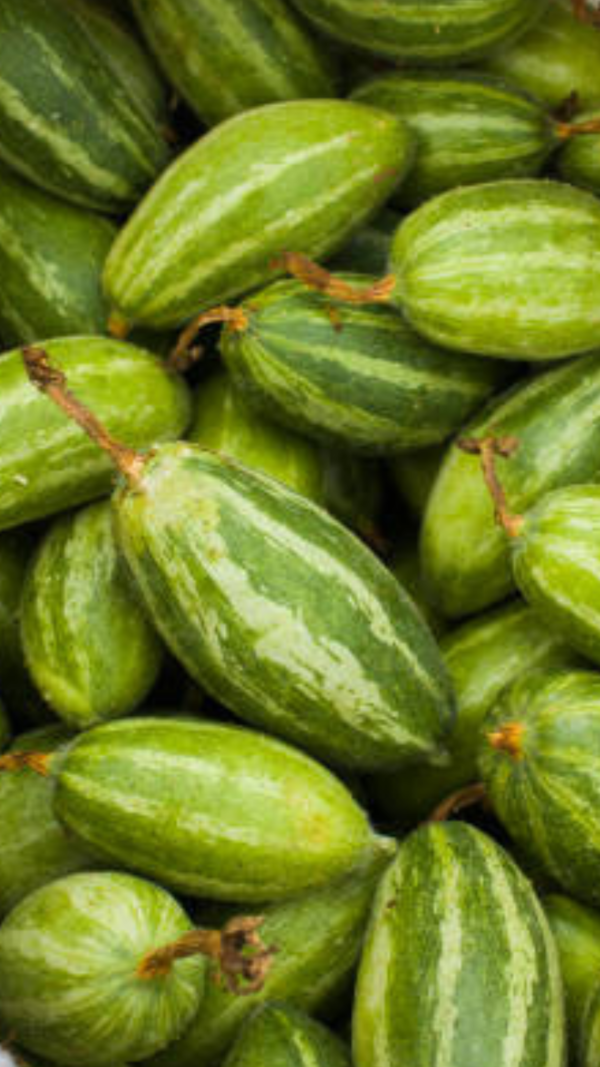BENGALURU: Substantial investments in constructing water conservation structures (WCS) such as
check-dams, lakes and tanks paid off as they considerably helped recharge groundwater in 2024 after traditional recharge methods through rainfall, surface water and groundwater irrigation (SWI & GWI), failed.This, despite copious rain.
Following drought in 2023, the
groundwater recharge rate dropped by 3% in 2024 (compared to 2023) although reservoirs and
water bodies were filled to the brim. Minor irrigation department data shows the state’s groundwater recharge rate dropped from 18.9 ham (hectare meters) to 18.7 ham. The rate during both monsoon seasons also dropped from 10.34BCM (billion cubicmeters) to 10.3BCM — a first such decrease since 2022.
“Failure of both monsoons in 2023 and deficit rainfall until mid-2024 had a long-drawn impact on groundwater recharge,” said NS Boseraju, minister for minor irrigation. “Even though Karnataka recorded bounteous rainfall in 2024, the onset of the monsoon was delayed, affecting recharge through rain. We hope rain towards the end of 2024improved the recharge rate. This data will reflect in the 2025 analysis.”
Poll
Do you believe that water conservation structures (WCS) are crucial for groundwater recharge?
In 2023, Karnataka recorded 872mm rainfall as against 1,100mm-1,200mm annual rainfall — a 24% deficit. An engineer from the irrigation department said: “Data shows a 1% to 3% decrease in recharge rate depending on the source and type of recharge method.”
Shrinking agricultural area also contributed to apoor recharge rate. “Surface and groundwater irrigation methods hugely contribute to groundwater recharge. But
surface water irrigation dropped by 1.8% and return flow from groundwater irrigation fell by 3.5%,” said another engineer.
WCS to the rescueHowever, unlike traditional recharge methods, recharge through WCS improved considerably. Data shows that the recharge rate through WCS rose from 0.63BCM (2023) to 0.81BCM (2024) — a 28.6% rise. These structures were built under various schemes including Jal Jeevan Mission and Atal Bhujal Yojana (ABHY).
The govt’s move to desilt tanks and lakes, including under MGNREGA, also paid off handsomely.
Boseraju said: “In 2023, the state had only 1.9 lakh such structures, but their numbers increased to 3.1 lakh, a rise of 66%,” he said. “The number of ponds and tanks also increased from 33,000 to 39,000 (18.7%). This helped increase the recharge rate by 10% compared to what it was in 2023.”
Boseraju also said the govt ensured lakes were filled with river and treated water throughout the year (365 days) rather than only during the monsoon months (120 days).











